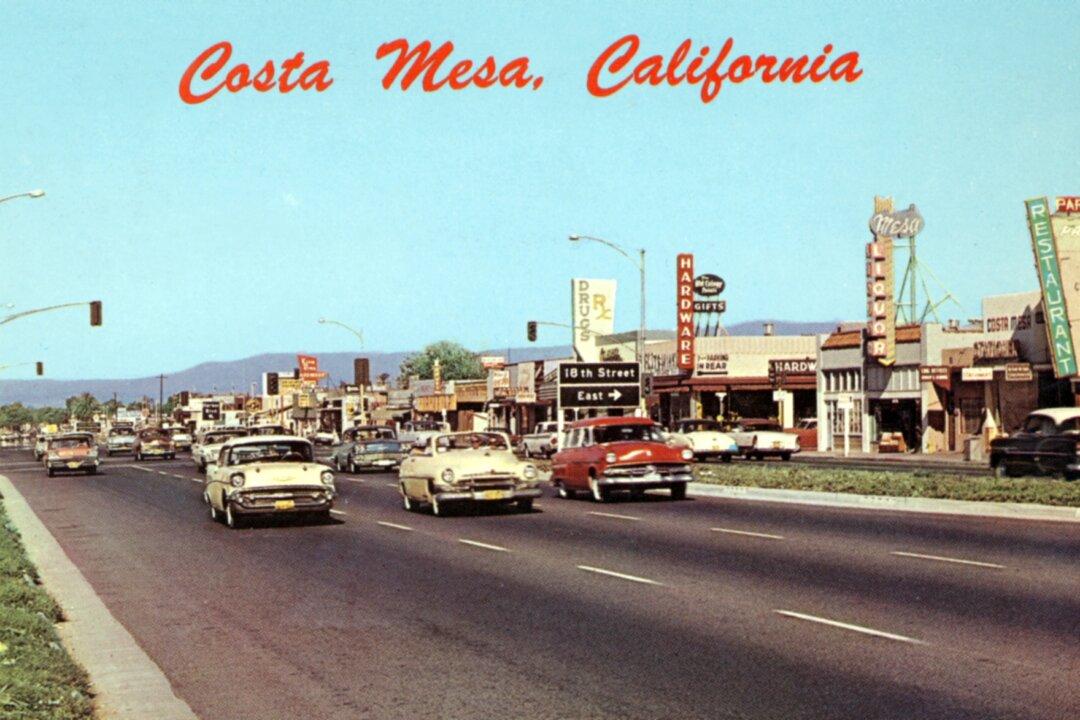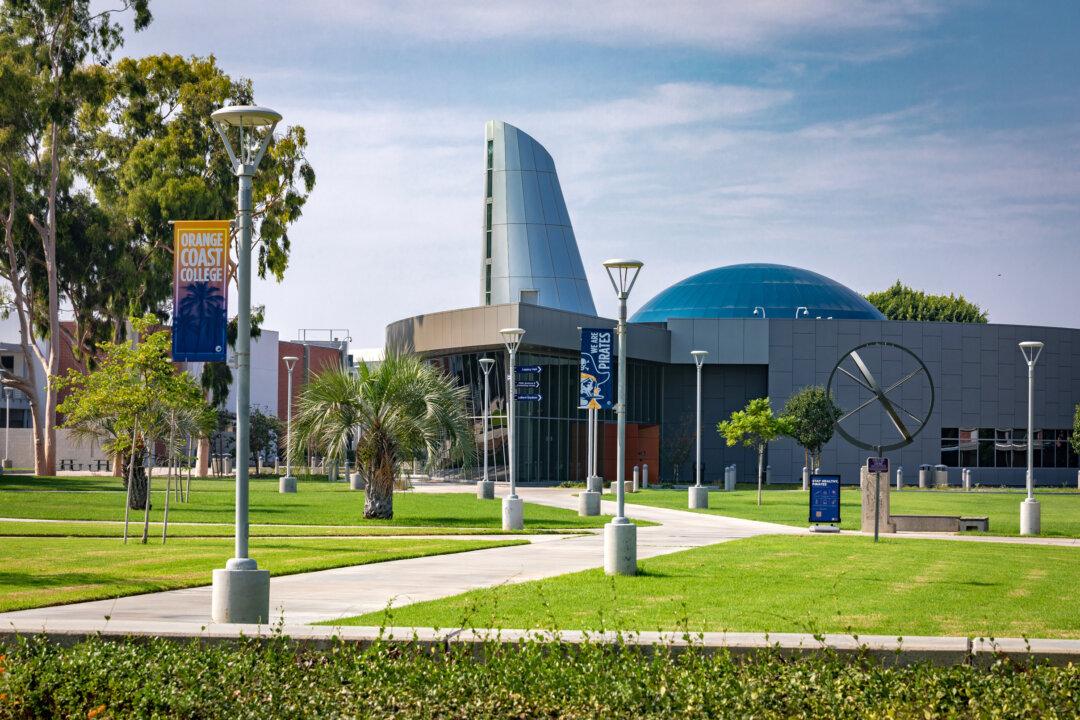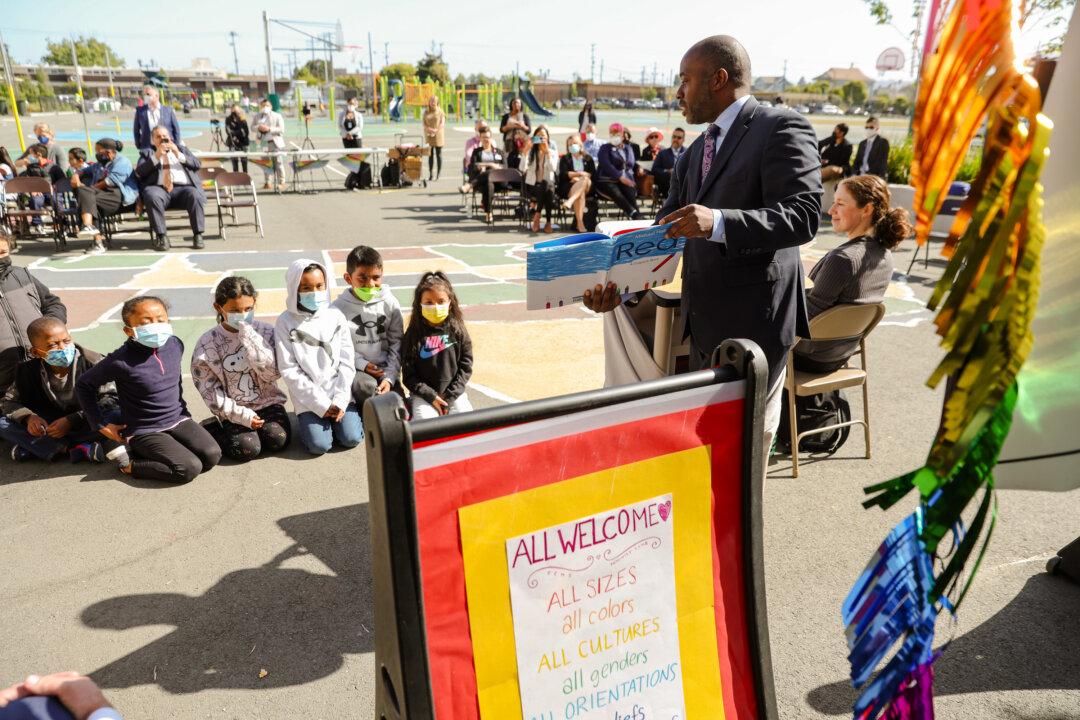Costa Mesa—a vibrant city of 69 years with a population of 111,000 in 2021, according to census data—grew from a small Spanish settlement into the hub of arts and culture in Orange County.
The region’s first inhabitants were a Native American tribe called the Yukup who settled along the banks of the Santa Ana River, according to the Costa Mesa Historical Society.





